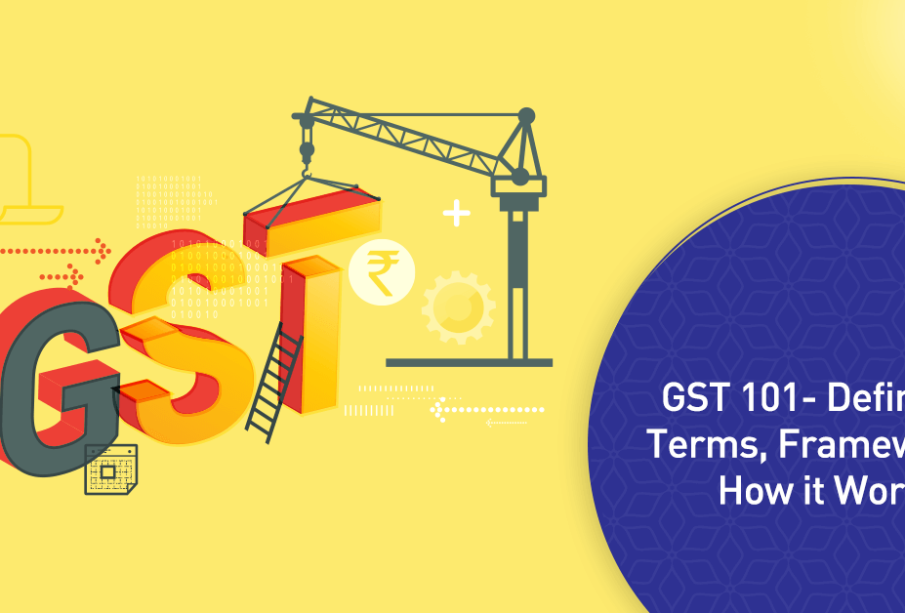Understanding Goods and Service Tax and Its Implications

Introduction
Goods and Service Tax (GST) is a significant tax reform implemented in India on July 1, 2017, marking a paradigm shift in the country’s taxation system. Its primary aim is to unify the indirect tax structure by subsuming various local and state taxes, thereby simplifying tax processes for businesses and consumers alike. The importance of GST lies in its ability to enhance tax compliance, improve revenue collection for the government, and reduce the cascading effect of taxes.
Implementation of GST
Since its implementation, GST has undergone several phases of adjustment and amendment to address challenges faced by businesses and enhance efficiency. The GST Council, comprising the Finance Ministers of the Centre and States, oversees the policy framework and resolves disputes. As of now, GST is categorized into five different tax slabs: 0%, 5%, 12%, 18%, and 28%. Certain goods, such as essential food items, are exempt or taxed at lower rates, while luxury goods attract the highest tax rate.
Benefits of GST
The adoption of GST has resulted in a remarkable improvement in the compliance rate and has simplified the tax structure across the country. One of the key benefits of GST is the input tax credit mechanism which allows businesses to reclaim taxes paid on inputs, thus reducing their overall tax liability. Additionally, it has led to seamless interstate movement of goods, which previously faced delays due to various state-specific tax checkpoints.
Challenges Ahead
Despite its benefits, there remain significant challenges in GST implementation. Small businesses often struggle with compliance and the technology required for filing returns. Moreover, there have been concerns regarding frequent changes in GST rates and procedures that may lead to confusion among taxpayers. Furthermore, the overall collection of GST has seen fluctuations, with the government continuously striving to enhance compliance through various initiatives, including better technology and sensitization programs.
Conclusion
Goods and Service Tax has transformed the Indian taxation landscape, making it more transparent and systematic. As the government works towards refining GST policies, it is anticipated that its revenue-raising potential will bolster the economy significantly. For consumers and businesses, an understanding of GST is increasingly important given its broad impact on pricing and compliance. While the path ahead may include challenges, the ongoing refinement of GST processes indicates a commitment to a more effective and cohesive economic framework.









